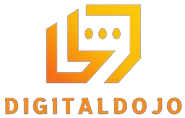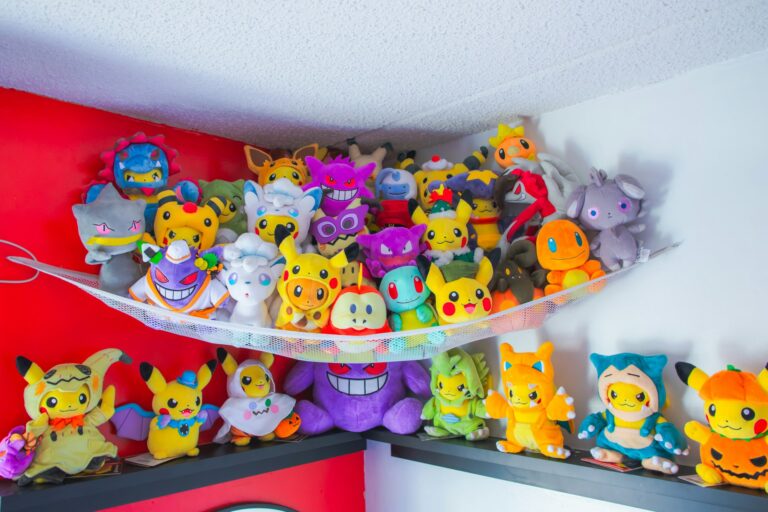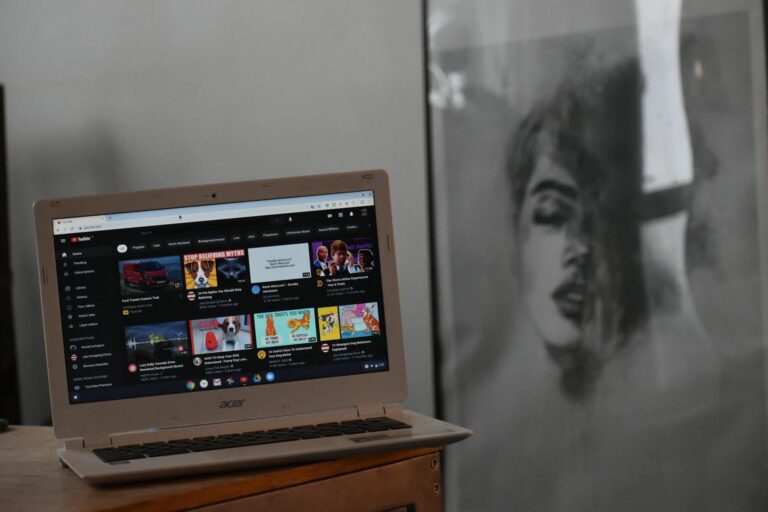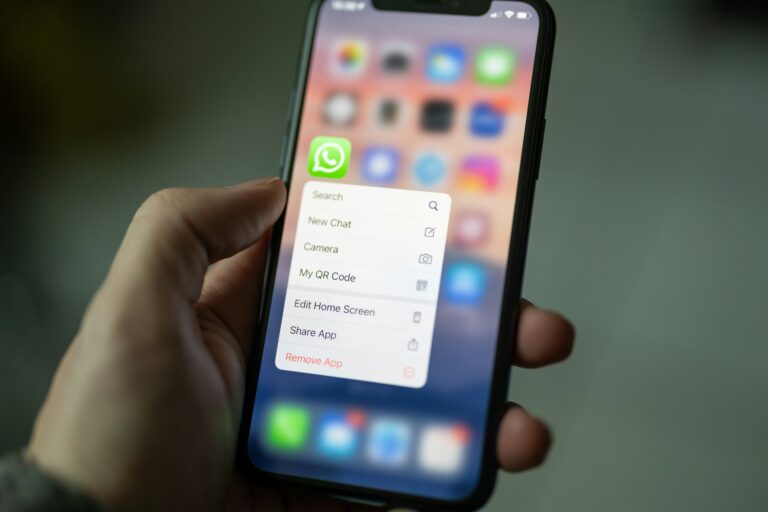Social media platforms have rapidly evolved, offering a variety of features to engage users. One such feature is ‘stories,’ ephemeral posts that disappear after 24 hours. With the increasing popularity of stories on platforms like Instagram, Snapchat, and Facebook, users often find themselves wanting to save these posts for future reference. This is where a story saver comes into play.
Have you ever stumbled upon a hilarious Reels clip or a stunning IGTV travelogue and wished you could save it to your phone beyond a screenshot? You're not alone. With Instagram's built-in limitations, the question of "how to download Instagram videos" is a common one. Thankfully, there are safe and reliable solutions using third-party instagram video downloader. But before diving into the download process, let's explore the reasons why you might want to save those Instagram videos and the best practices to keep in mind.
Twitter, the social media platform synonymous with short-bursts of information and lively discussions, is undergoing a metamorphosis! This article will delve into the recent changes Twitter has implemented, most notably the unveiling of a brand new logo. We’ll explore the rationale behind the redesign and analyze its impact on the platform’s overall aesthetic. But the makeover goes beyond a simple
Calling all Pokémon trainers! Are you yearning to capture the thrill of the Pokémon world in a tangible way? Well, look no further than the exciting realm of DIY Pokémon crafts! This article will ignite your creativity, offering a treasure trove of ideas to bring your favorite Pokémon to life. We’ll explore an array of crafting techniques, from crocheting adorable
The world of TikTok is a captivating whirlwind of short-form videos, where creativity reigns supreme. But with countless creators vying for attention, how do you make your video stand out from the crowd and get those coveted views? The answer lies in understanding the mysterious algorithm that curates content for TikTok users. This article will be your guide to navigating
Craving an uninterrupted YouTube experience, free from pesky ads and pre-roll interruptions? Yearning to download videos for offline viewing on that upcoming flight? Then YouTube Premium might just be your ticket to digital bliss! But before you dive headfirst into a subscription, it’s wise to understand exactly what you’re getting yourself into. This article will be your one-stop shop for
In the ever-evolving world of messaging apps, WhatsApp remains a titan. But with ever-growing chat lists and neverending notifications, keeping your most important conversations at your fingertips can be a challenge. Fear not, WhatsApp warriors! This article will delve into the hidden depths of the app, revealing the magic of hiding and pinning chats. Understanding the Hiding Feature In the







